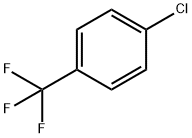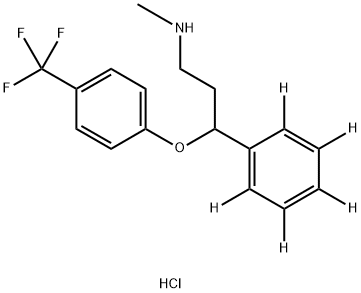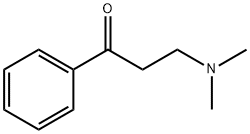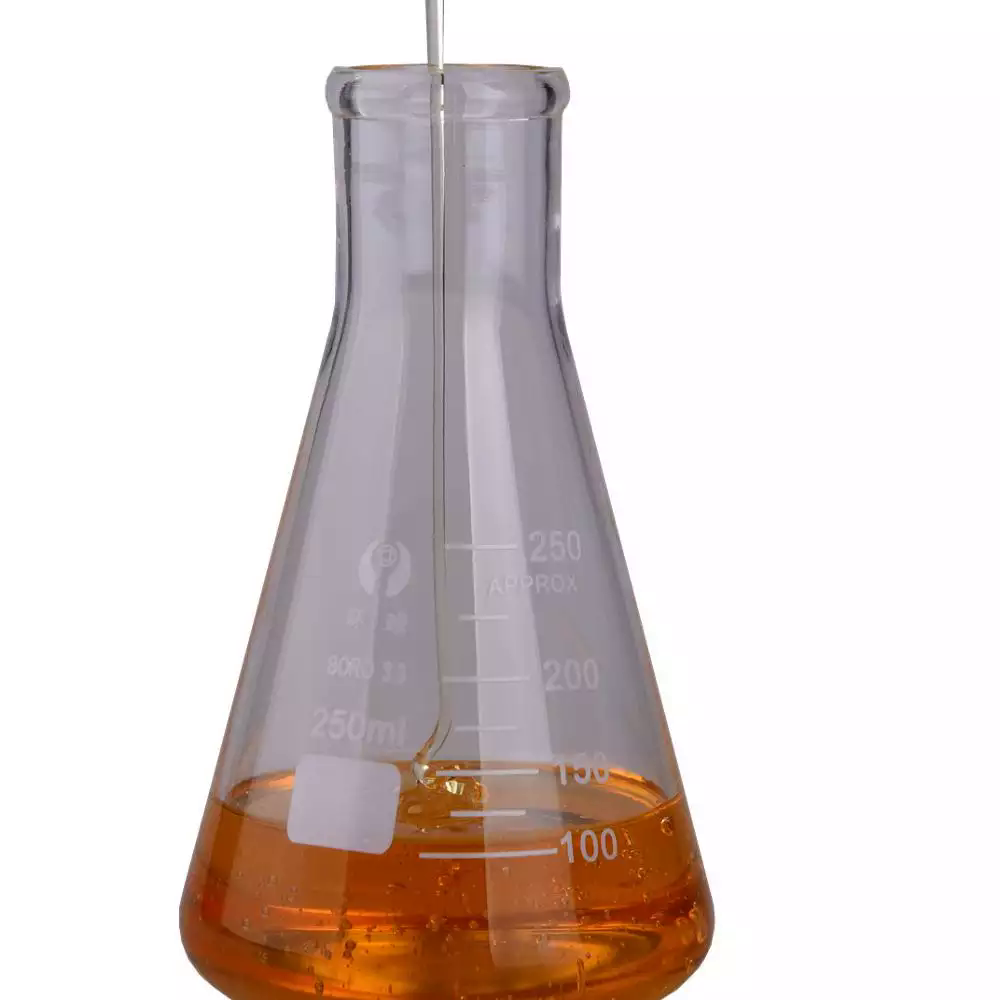4-Chlorobenzotrichloride
- CAS NO.:5216-25-1
- Empirical Formula: C7H4Cl4
- Molecular Weight: 229.92
- MDL number: MFCD00000790
- EINECS: 226-009-1
- SAFETY DATA SHEET (SDS)
- Update Date: 2025-11-07 14:45:54

What is 4-Chlorobenzotrichloride ?
Description
p-Chlorobenzotrichloride, an organochloride,is a flammable, water-white liquid. Molecularweight=229.92; Specific gravity (H2O:1)=1.49; Boilingpoint=254℃; Melting/Freezing point=5-6℃; Flashpoint=.110℃; Autoignition temperature=500-505℃.Hazard Identification (based on NFPA 704 M RatingSystem): Health 3, Flammability 1, Reactivity 0.Decomposes in water.
Chemical properties
p-Chlorobenzotrichloride, an organochloride, is a flammable, water-white liquid.
The Uses of 4-Chlorobenzotrichloride
4-Chlorobenzotrichloride is a useful reactant in organic synthesis.
The Uses of 4-Chlorobenzotrichloride
Same as o-chlorobenzotrichloride.
General Description
Clear colorless liquid.
Air & Water Reactions
Insoluble in water.
Reactivity Profile
Simple aromatic halogenated organic compounds, such as 4-Chlorobenzotrichloride , are very unreactive. Reactivity generally decreases with increased degree of substitution of halogen for hydrogen atoms. Materials in this group may be incompatible with strong oxidizing and reducing agents. Also, they may be incompatible with many amines, nitrides, azo/diazo compounds, alkali metals, and epoxides.
Health Hazard
ACUTE/CHRONIC HAZARDS: Corrosive; Lachrymator.
Fire Hazard
Flash point data for 4-Chlorobenzotrichloride are not available, however, 4-Chlorobenzotrichloride is probably combustible.
Flammability and Explosibility
Not classified
Safety Profile
Suspected carcinogen. A poison by inhalation. Moderately toxic by ingestion and skin contact. When heated to decomposition it emits toxic vapors of Cl-.
Potential Exposure
Used in agrochemicals manufacture as an intermediate; reaction with HF yields chlorobenzotrifluoride as a major intermediate for several pesticides; for making pharmaceuticals; UV absorbers, and dyestuffs. This chemical is manufactured in high volume (exceeds 1 million pounds per annum) in the United States.
First aid
this chemical gets into the eyes, remove anycontact lenses at once and irrigate immediately for at least15 min, occasionally lifting upper and lower lids. Seek med?ical attention immediately. If this chemical contacts theskin, remove contaminated clothing and wash immediatelywith soap and water. Seek medical attention immediately. Ifthis chemical has been inhaled, remove from exposure,begin rescue breathing (using universal precautions, includ?ing resuscitation mask) if breathing has stopped and CPR ifheart action has stopped. Transfer promptly to a medicalp-Chlorobenzotrichloride 641facility. When this chemical has been swallowed, get medical attention. Give large quantities of water and inducevomiting. Do not make an unconscious person vomit.
Storage
Color Code—Blue: Health Hazard/Poison: Storein a secure poison location. Store in tightly closed containers in a refrigerator. Color Code—Red: FlammabilityHazard: Store in a flammable liquid storage area orapproved cabinet away from ignition sources and corrosiveand reactive materials. Prior to working with this chemicalyou should be trained on its proper handling and storage. Aregulated, marked area should be established where thischemical is handled, used, or stored in compliance withOSHA Standard 1910.1045.
Shipping
UN1760 Corrosive liquids, n.o.s., Hazard class: 8; Labels: 8-Corrosive material, Technical Name Required.
Incompatibilities
A halogenated aromatic compound. Hydrolyzes to hydrochloric acid and benzoic acid in all forms of moisture. Incompatible with strong oxidizers (chlorates, nitrates, peroxides, permanganates, perchlorates, chlorine, bromine, fluorine, etc.); contact may cause fires or explosions. Keep away from reducing agents, alkaline materials, strong acids, strong bases, amines, nitrides, azo/ diazo compounds, alkali metals, and epoxides.
Properties of 4-Chlorobenzotrichloride
| Melting point: | 5.8 °C |
| Boiling point: | 245 °C(lit.) |
| Density | 1.495 g/mL at 25 °C(lit.) |
| refractive index | n |
| Flash point: | >230 °F |
| solubility | Chloroform (Sparingly), DMSO (Sparingly) |
| form | clear liquid |
| color | Colorless to Light yellow |
| Water Solubility | decomposes |
| Sensitive | Moisture Sensitive |
| BRN | 1866549 |
| Stability: | Stable. Combustible. Incompatible with strong oxidizing agents. |
| CAS DataBase Reference | 5216-25-1(CAS DataBase Reference) |
| NIST Chemistry Reference | Benzene, 1-chloro-4-(trichloromethyl)-(5216-25-1) |
| EPA Substance Registry System | 4-Chlorobenzotrichloride (5216-25-1) |
Safety information for 4-Chlorobenzotrichloride
| Signal word | Danger |
| Pictogram(s) |
 Exclamation Mark Irritant GHS07  Health Hazard GHS08 |
| GHS Hazard Statements |
H302:Acute toxicity,oral H312:Acute toxicity,dermal H315:Skin corrosion/irritation H319:Serious eye damage/eye irritation H335:Specific target organ toxicity, single exposure;Respiratory tract irritation H350:Carcinogenicity H361:Reproductive toxicity H372:Specific target organ toxicity, repeated exposure H412:Hazardous to the aquatic environment, long-term hazard |
| Precautionary Statement Codes |
P201:Obtain special instructions before use. P260:Do not breathe dust/fume/gas/mist/vapours/spray. P264:Wash hands thoroughly after handling. P264:Wash skin thouroughly after handling. P270:Do not eat, drink or smoke when using this product. P273:Avoid release to the environment. P280:Wear protective gloves/protective clothing/eye protection/face protection. P314:Get medical advice/attention if you feel unwell. P304+P340:IF INHALED: Remove victim to fresh air and Keep at rest in a position comfortable for breathing. P405:Store locked up. P501:Dispose of contents/container to..… |
Computed Descriptors for 4-Chlorobenzotrichloride
4-Chlorobenzotrichloride manufacturer
JSK Chemicals
ASM Organics
New Products
4,4-Difluoropiperidine hydrochloride tert-butyl 9-methoxy-3-azaspiro[5.5]undecane-3-carboxylate Indole Methyl Resin N-Isopropylurea N,N-Dicyclohexylcarbodiimide(DCC) MELDRUMS ACID 5-METHYLISOXAZOLE-4-CARBOXYLIC ACID Magnessium Bis glycinate Zinc ascorbate 1-bromo-2-butyne 2-acetamidophenol 9(10H)-anthracenone Erythrosin B, 4-Piperidinopiperidine 2-((4-morpholinophenylamino) (methylthio) methylene) malononitrile 2,4-dihydroxybenzaldehyde 3-(4-morpholinophenylamino)-5-amino-1H-pyrazole-4-carbonitrile Methyl 2-methylquinoline-6-carboxylate 2,6-dichloro-4-nitropyridine 4-Bromo-2-chlorobenzonitrile 2-(benzylamino)acetic acid hydrochloride 4-(tert-Butoxycarbonylamino)but- 2-ynoic acid 3,4-dihydro-2H-benzo[b][1,4]dioxepine 1-Phenyl-1-cycloprppanecarboxylicacidRelated products of tetrahydrofuran








You may like
-
 p-Chlorobenzotrichloride 5216-25-1 98%View Details
p-Chlorobenzotrichloride 5216-25-1 98%View Details
5216-25-1 -
 5216-25-1 p-Chlorobenzotrichloride 99%View Details
5216-25-1 p-Chlorobenzotrichloride 99%View Details
5216-25-1 -
 4-Chlorobenzotrichloride, 98% 99%View Details
4-Chlorobenzotrichloride, 98% 99%View Details
5216-25-1 -
 4 Chloro Benzotrichloride, Grade: Pharma, Purity: 99View Details
4 Chloro Benzotrichloride, Grade: Pharma, Purity: 99View Details
5216-25-1 -
 3-(4-amino-1-oxoisoindolin-2-yl)-1-methylpiperidine-2,6-dione 98%View Details
3-(4-amino-1-oxoisoindolin-2-yl)-1-methylpiperidine-2,6-dione 98%View Details -
 20677-73-0 (2,2-diethoxyethyl)methylamine 98%View Details
20677-73-0 (2,2-diethoxyethyl)methylamine 98%View Details
20677-73-0 -
 3-(4-(hydroxyamino)-1-oxoisoindolin-2-yl)piperidine-2,6-dione 98%View Details
3-(4-(hydroxyamino)-1-oxoisoindolin-2-yl)piperidine-2,6-dione 98%View Details -
 57381-49-4 2-bromo-4-chlorobenzonitrile 98%View Details
57381-49-4 2-bromo-4-chlorobenzonitrile 98%View Details
57381-49-4
